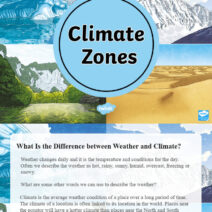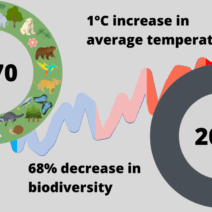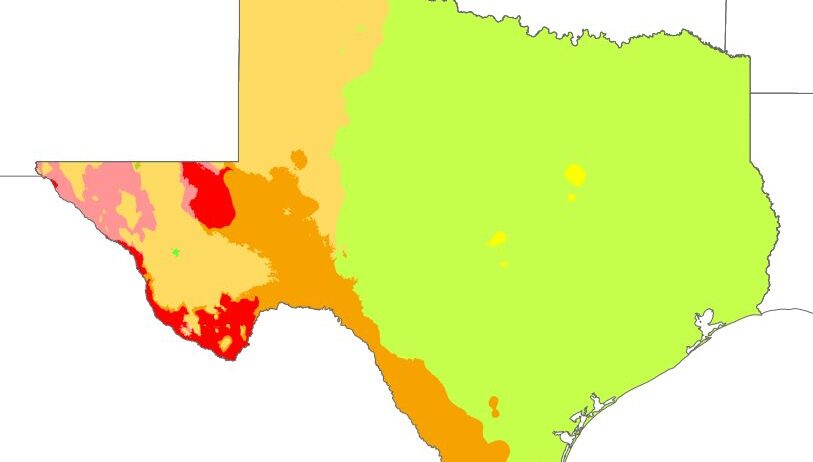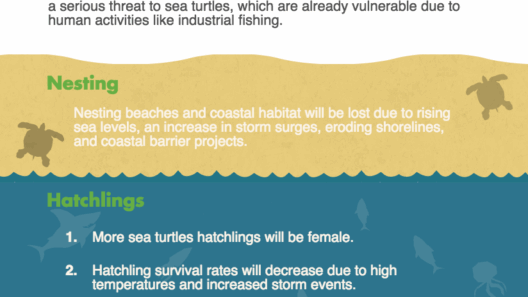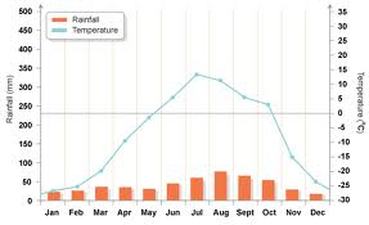What do you feel and see driving across the Lone Star State? Is it the lush green fields dancing in the warm sun or the arid landscapes reminiscent of a desert? Texas, renowned for its expanse and diversity, presents a mosaic of climatic experiences that are as complex as its vast geographical dimensions. The climate of Texas varies dramatically from region to region, resulting in a multifaceted weather pattern that challenges both residents and visitors alike.
To understand Texas weather, one must first engage with its geographical context. Spanning approximately 268,000 square miles, Texas is the second-largest state in the United States. Its geographic positioning spans multiple climatic zones, influenced by factors such as latitude, elevation, and proximity to the Gulf of Mexico. These characteristics create an array of weather phenomena that can be surprising, if not bewildering, to those unfamiliar with the state’s climate nuances.
The state can be broadly divided into four climatic regions: the humid subtropical climate in the east, the semi-arid climate in the north and west, the arid climate in the far west, and the tropical climate present along the Gulf Coast. This geographic diversification results in a variety of weather conditions that fluctuate throughout the year.
Let’s first delve into the humid subtropical climate, found in regions such as Houston and much of Eastern Texas. The summer months, typically spanning from June to September, are characterized by high temperatures that frequently exceed 90 degrees Fahrenheit. Coupled with the humidity that drapes the landscape like a heavy cloak, the discomfort often leads to the use of air conditioning as an essential relief. Rainfall is plentiful in this zone, especially during late spring and early summer, brought on by thunderstorms that can be quite severe. Flooding can become a significant issue, presenting a challenge to local infrastructure and posing a risk to residents.
Transitioning to the northern and western parts of the state, one encounters a semi-arid climate. Here, the temperature can swing dramatically between day and night. Summers are marked by intense heat and minimal rainfall, while winters can deliver icy conditions, particularly in the Panhandle. This region hosts beautiful landscapes, but agricultural practices are often challenged by the limited water supply. Residents and farmers must become adept at water conservation strategies to mitigate the impact of droughts, a frequent concern in the area.
Further west, Texas falls into the grasp of an arid climate, typified by towns like El Paso. The rainfall in this region is scant, averaging less than ten inches annually; however, the dry air creates a stark beauty in the desert surroundings. Temperatures can soar in summer, occasionally exceeding 100 degrees Fahrenheit. Once again, adaptation is crucial. Here, communities have come to rely on conservation and innovative irrigation techniques to promote agriculture and sustain local economies in sharp contrast to the verdant fields of Eastern Texas.
Moving toward the coast, one finds a tropical climate with its own unique challenges. The Gulf Coast cities, such as Corpus Christi and Galveston, encounter high humidity levels, warm summers, and mild winters. The proximity to the Gulf of Mexico subjects these regions to tropical storms and hurricanes, with heights reaching their maximum in late summer. The threat of severe weather is omnipresent, demanding readiness from local residents and emergency services alike as they brace for the potential devastation that severe storms can wreak on coastal communities.
Texas’s climate is not merely a collection of weather characteristics; it plays a critical role in shaping the social and economic fabric of the state. The agricultural sector, for instance, thrives in some regions while struggling in others due to the varying climate conditions. Crops like cotton flourish in the hot, dry areas of West Texas, whereas the humidity of the East supports the growth of rice and soybeans. Weather patterns consistently dictate the livelihoods of farmers who must adapt their practices to align with the whims of nature.
Perhaps the most compelling aspect of Texas weather is its unpredictability. One day, the sun can shine brilliantly; the next, a torrential downpour can sweep through, illustrating a profound lesson in humility. Residents living in different regions have developed a keen awareness of seasonal changes and recognize the need to prepare for extremes. Engaging with this climate requires an understanding of its mercurial nature, wherein sun and storms coexist as complementary forces of the environment.
In conclusion, Texas weather is as diverse as its people. The state’s varying climates provide both bountiful rewards and daunting challenges. From the lush green plains of the east to the arid deserts of the west, the climate shapes not just the landscape but also the lives of those who inhabit it. Understanding Texas weather in its entirety necessitates an appreciation for its complexity and the intersection between human life and natural environments. As residents navigate these climatic intricacies, they forge resilience and ingenuity amid the ever-changing weather tapestry that defines life in the Lone Star State.
